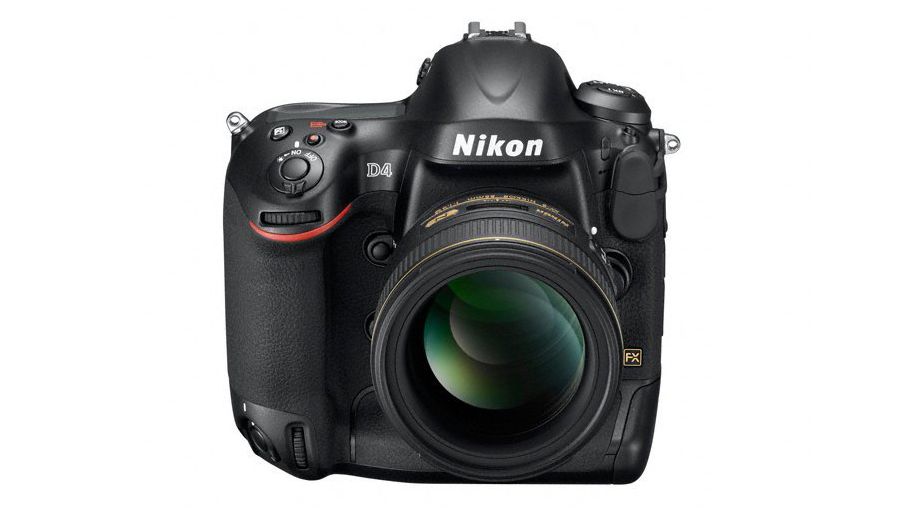Why you can trust TechRadar
Nikon has succeeded in building upon the D3s to produce a versatile camera that is suitable for use by professional photographers in a wide range of situations.
The Nikon D4 may not have the highest resolution, but it has lightening-quick responses, a fantastically high maximum shooting rate and is capable of capturing an impressive amount of detail across a huge sensitivity range.
The Nikon D4 is the first of the recently announced high-end cameras to go through our testing procedure, and consequently we are so far unable to compare it with its main rival, the Canon EOS-1DX. However, we will do this as soon as we get our hands on a 1DX.
We liked
A great AF system, good noise control and huge sensitivity range are contained in an ergonomically arranged body
We disliked
Slight movement in the memory card bay is a little disconcerting. The AF system is complex, and its various options could be made clearer in the menu for the uninitiated. There may be 51 AF points, but they are all clustered around the centre of the frame and within the DX crop.
Final verdict
The design changes made since the D3s make a significant and positive impact on the handling of the Nikon D4.
Those upgrading may find it takes a while to get used to using the mini-joystick controllers to set the AF point, but they make it quicker and easier in the long run - especially when shooting in portrait format.
Sign up for breaking news, reviews, opinion, top tech deals, and more.
Nikon has produced a solid workhorse of a DSLR that professionals can depend upon to deliver good results even in low lighting conditions. Image quality is high and results look great straight from the camera.
